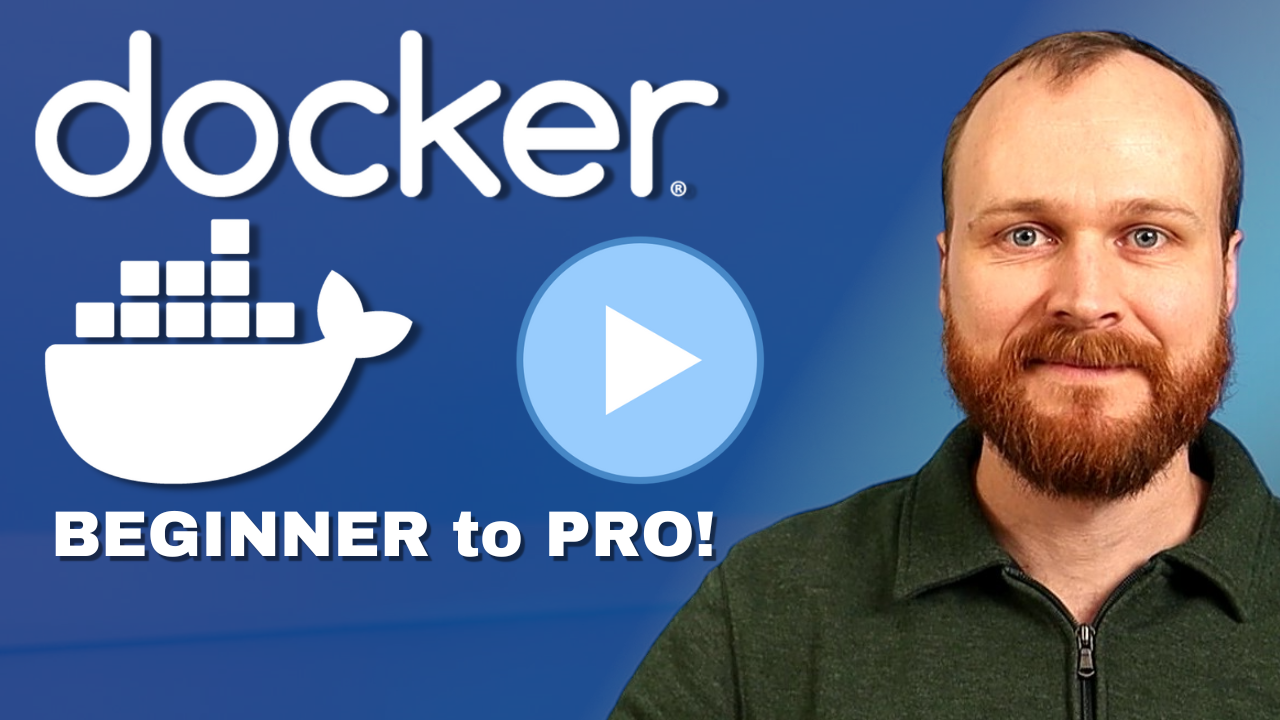1: History and Motivation
Examine the evolution of virtualization technologies from bare metal, virtual machines, and containers and the tradeoffs between them.
2: Technology Overview
Explores the three core Linux features that enable containers to function (cgroups, namespaces, and union filesystems), as well as the architecture of the Docker components.
3: Installation and Set Up
Install and configure Docker Desktop
4: Using 3rd Party Container Images
Use publicly available container images in your developer workflows and learn how about container data persistence.
5: Example Web Application
Building out a realistic microservice application to containerize.
6: Building Container Images
Write and optimize Dockerfiles and build container images for the components of the example web app.
7: Container Registries
Use container registries such as Dockerhub to share and distribute container images.
8: Running Containers
Use Docker and Docker Compose to run the containerized application from Module 5.
9: Container Security
Learn best practices for container image and container runtime security.
10: Interacting with Docker Objects
Explore how to use Docker to interact with containers, container images, volumes, and networks.
11: Development Workflow
Add tooling and configuration to enable improved developer experience when working with containers.
•Developer Experience Wishlist
12: Deploying Containers
Deploy containerized applications to production using a variety of approaches.

Interacting with Docker Networks
Throughout the course we have interacted with many different Docker objects. This module covers the additional options for how we can work with them.
Use docker network --help to see all the subcommands associated with Docker networks.
Commands
Create
Create a new network:
docker network create my-network
Inspect
Inspect a network:
docker network inspect my-network
List
List all networks:
docker network ls
Prune
Remove all unused networks:
docker network prune
Remove
Remove a specific network:
docker network rm my-network
Connect
Connect a container to a network:
docker network connect my-network container-id
Disconnect
Disconnect a container from a network:
docker network disconnect my-network container-id